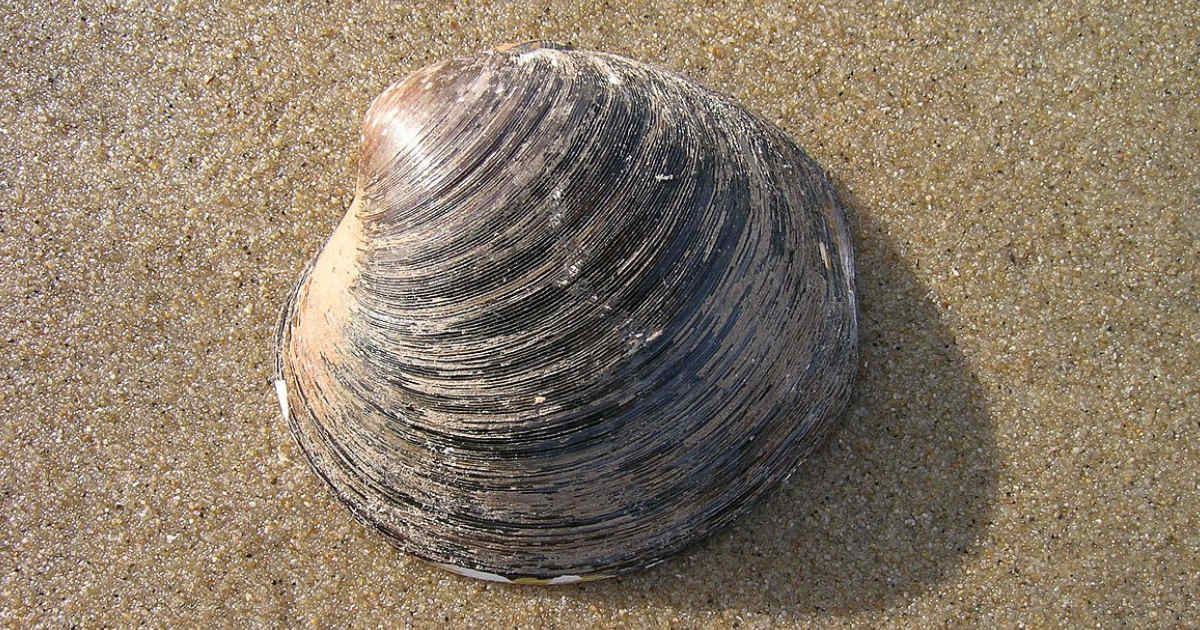The World’s Oldest Animal ‘Ming’ Had a Tragic End at Age 507, but Its Sacrifice to Science Did Not Go In Vain

Ming the clam has attracted both intrigue and sympathy since its discovery. The edible clam set a record when its age was revealed, and at the same time posed questions on how far researchers should go in their examination, stated IFLScience.

| Photo by S. Rae)
Ming was discovered off the coast of Iceland in 2006 and was identified as an ocean quahog clam (Arctica islandica) by experts. The initial count of its rings suggested that the clam was somewhere between 405 and 410 years old. Further examinations indicated that he was even older, at around 507 years old. This made Ming the world's oldest individual (non-clonal) animal documented by researchers. Experts named it Ming after the Ming dynasty, because the clam was possibly alive when the legendary dynasty was at its zenith. The creature managed to live through the rise and fall of this magnificent dynasty, but unfortunately, could not outlive the human thirst for knowledge.
The specimen was collected by a team associated with Bangor University in Wales for examinations, stated BBC. They already knew that the Arctic islandica survived for a long time, and wanted to delve deeper into its ageing process. For their pursuit, they analyzed many molluscs.
During their examinations, researchers opened Ming's shell to find its age, according to USA Today. Experts wanted to count the growth rings inside the creature's hinge ligaments because they felt it would be more accurate, since it was protected by the shell. The team found that some rings were so crowded that it became difficult for them to understand, in some cases, whether it was one ring or two.
The ring counting methodology is typically applied for calculating the age of bivalves like Ming, stated The Independent. These growth rings appear annually on bivalves, due to seasonal variations they face during that period. It is similar to how trees get their growth rings.
After playing trivia on my google home, I discovered that the longest lived animal is a clam. A CLAM!!!! A giant clam! Her name is Ming the Clam. Love that. Reminds me of Emperor Ming from Flash Gordon. It was born during the reign of the Hongzhi Emperor, of the Ming dynasty. pic.twitter.com/NbTuSyl6DL
— no (@LadyNightWriter) February 17, 2023
The rings outside were more evenly spaced. Therefore, the team decided to consider the rings on the outside and based on that, concluded Ming's age. If the scientists had started by counting the outside rings, a tragedy could have been avoided. Researchers in the process of opening the mollusc's shell killed the creature.
The public did not respond kindly to the situation. Prof James Scourse from Bangor University in Wales, who was involved in the research, claimed that after the news broke, he and his team received emails accusing them of being clam murderers.
Even though Ming lost its life, it provided researchers with a lot of important insights, according to Science Nordic. The team found that the secret behind Ming's longevity was its slow metabolism. Furthermore, analyzing the various oxygen isotopes in the creature's rings gave experts an idea of how the ocean's temperature fluctuated year after year. The data was valuable because information about this aspect has been scarce.
Ming the clam was accidentally killed by scientists attempting to determine its age, which was later found to be 507 years. pic.twitter.com/Qj62eR209c
— Cosmic Curiosities (@TheCosmicCurios) November 19, 2024
Researchers believe that there is a possibility that older molluscs have been captured but are not notified. Thousands of such molluscs are captured by fishermen daily, who sell them for commercial purposes. Considering that Ming managed to live for so long, it could be possible that other creatures like it also achieved this feat, for a longer time.